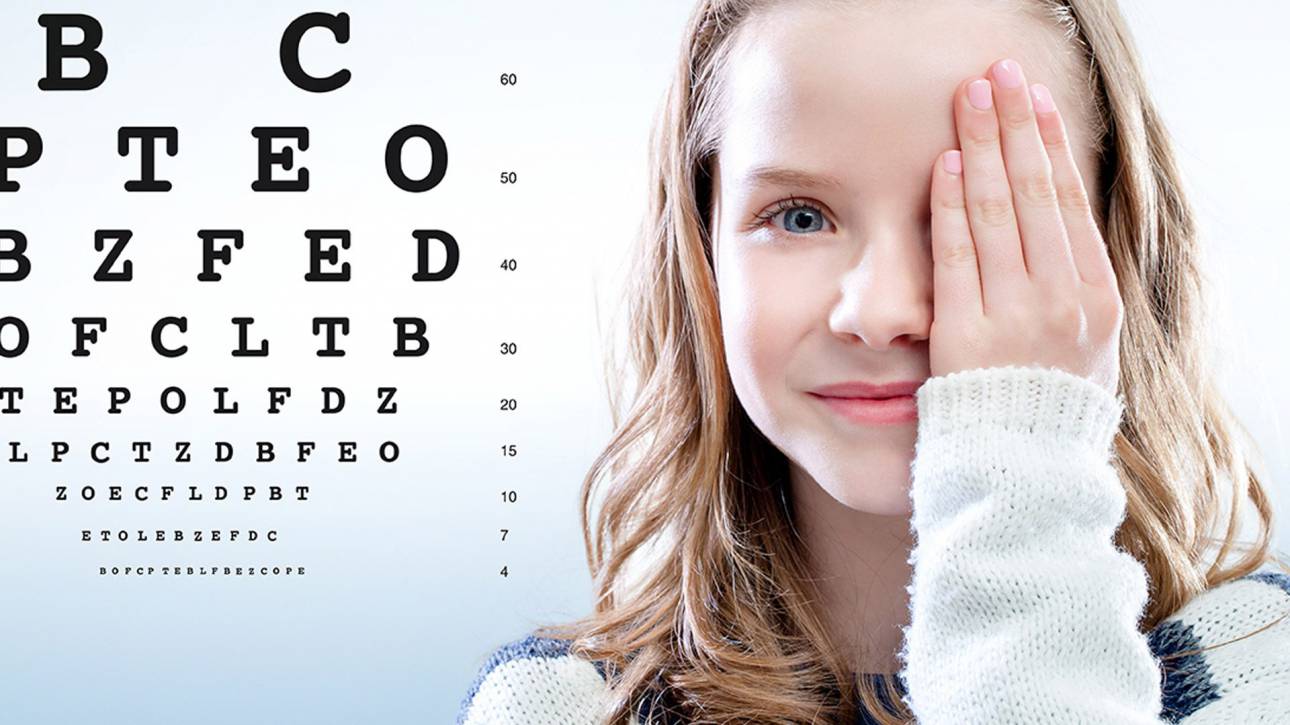Glare is a very annoying, sometimes debilitating, visual phenomenon that can occur in any light condition, both day and night and occurs when our eyes are unable to sufficiently filter the light that enters the eye thus interfering with our vision.
Visual discomfort due to glare is common in people with a light color of the iris and is the manifestation of a reduced presence of melanin inside, our natural filter screen. The outermost layer of the iris is mainly composed of connective tissue and melanocytes, the cells that produce melanin.
Inside each melanocyte, melanin is stored in compartments called melanosomes. Lighter irises contain less melanin than dark irises. This in addition to being responsible for the coloring of our eyes, absorbs electromagnetic radiation, including those of the ultraviolet range (UV) and visible light, has a secondary antioxidant function and participates in the protection of the retina from oxidative stress being present in the retinal pigment epithelium (EPR) and in the choroid.
Glare is more frequent in patients with age-related pathologies, such as cataracts, i.e. the loss of transparency of the lens and pathologies affecting the retina such as macular degeneration, in the case of congenital anomalies such as aniridia, hereditary diseases -familiar, and as a secondary manifestation, in lacrimation disorders leading to the onset of dry eye syndrome.
It would therefore be advisable, before finding do-it-yourself solutions, to consult your ophthalmologist, who after careful observation, will be able to recommend the next steps to solve the problem.
Sometimes it is sufficient to use sunglasses with controlled filtering lenses, or protective eye drops based on riboflavin (Vit. B12) which have the function of shielding the ocular surface from UV rays and at the same time lubricating it, but in the case of a glare caused by retinal pathologies, it is advisable to evaluate other means to make the management of everyday life simpler and more effective.
Very often it happens that simple sunglasses are not enough or are unwelcome. Especially in closed environments illuminated by neon, it is possible to use more enveloping glasses, but if we are also in the presence of a vision defect, this is not always the best solution, due to the aberrations caused by the curved corrective lens and the extent of the defect of sight.
Also not to be underestimated is the aesthetic and psychological aspect, in fact keeping the sunglasses indoors can be seen as a clear sign of a visual difficulty.
In some particularly annoyed patients it is possible to overcome these drawbacks with the use of a new type of contact lenses (LAC), which through new non-ionic materials, i.e. less predisposed to the formation of deposits (as is the case for lenses with traditional soft contacts) and with higher permeability than traditional lenses, can improve comfort and optimize the transmission of oxygen to the cornea. The coloring is designed to give coverage from 20% to 90%, with the technology used for medical filters, normally in the brown scale with total blocking of UV radiation.
In many cases it is chosen to use the contact lens with the correction of the patient's vision defect and a calibrated coloring over which some patients also choose to use sunglasses, to have a summation effect.
Aesthetically, the lenses can be particularly attractive since a cosmetic coloring (colored iris) can be added, which is necessary in some cases such as in aniridia.

In many cases it is chosen to use the contact lens with the correction of the patient's vision defect and a calibrated coloring over which some patients also choose to use sunglasses, to have a summation effect.
Aesthetically, the lenses can be particularly attractive since a cosmetic coloring (colored iris) can be added, which is necessary in some cases such as in aniridia.




